If You Struggle With These 5 Moves, Your Body’s Asking for Help
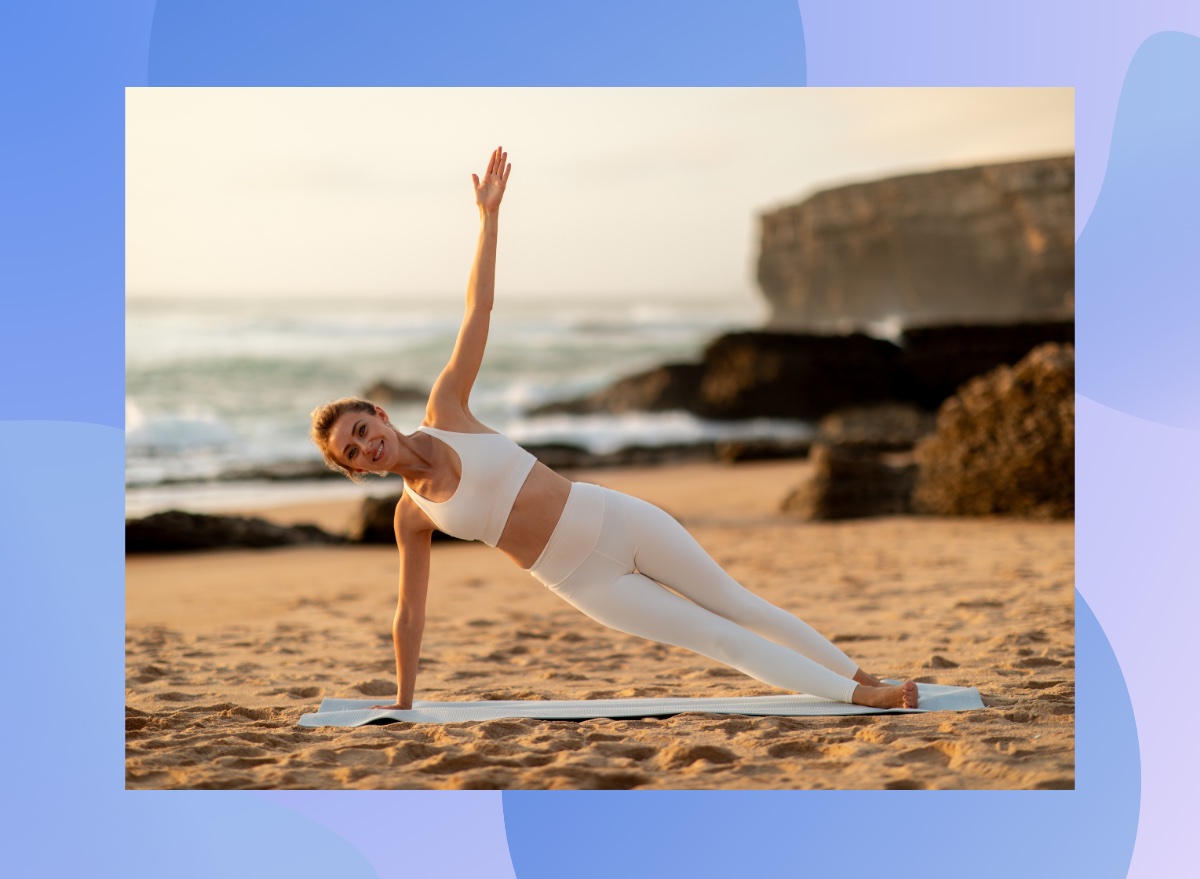
A wise trainer once said, “If you’re paying attention, your body will tell you exactly where it’s struggling.” That sage advice comes from Rob Moal, a personal trainer and the owner of Train Like Rob—and there’s so much truth to it. Staying in tune with your body is one of the most powerful ways you can take charge of your health and wellness.
Below, Rob shares with us five moves that he calls “check-ins” for your physical health. If you find yourself struggling with any of them, your body’s asking for help—so listen to it!
Squat
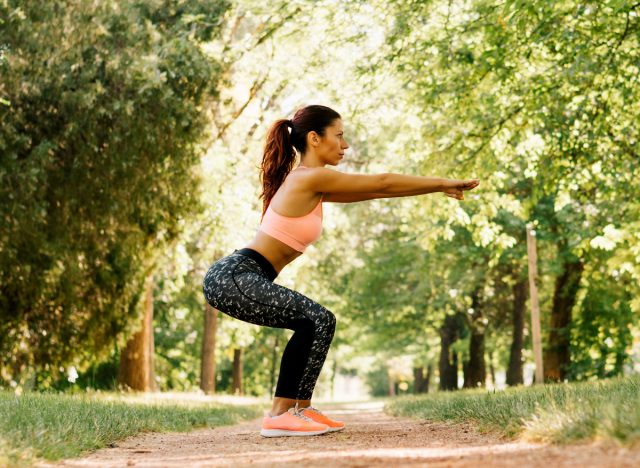
If a bodyweight squat feels unstable or restrictive, this typically signals hip instability or problems with ankle mobility.
“Tight hips, weak glutes, and collapsed arches can all impact squat depth and alignment,” Rob tells us. “If your knees cave in or you can’t hit parallel, it’s your body’s way of saying your foundation—your feet and ankles—need work.”
Side Plank
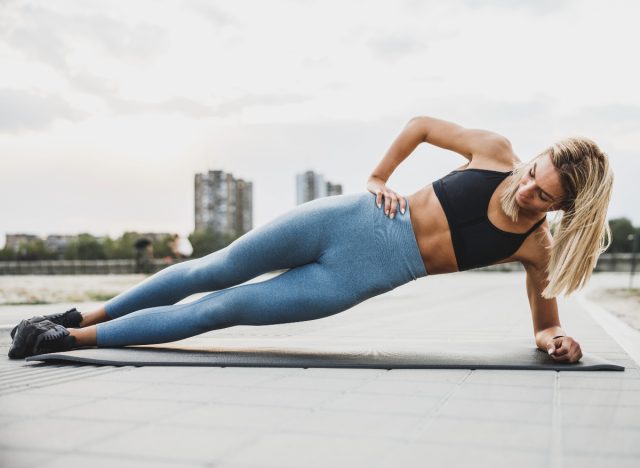
If you’re unable to hold a side plank for 30 seconds on each side without getting the shakes, that indicates poor lateral stability and a weak core.
“If your hips drop or your lower back arches, it’s likely a sign of weak obliques, unstable shoulders, or poor spinal alignment,” Rob adds.
Deadlift/Hinge Movement
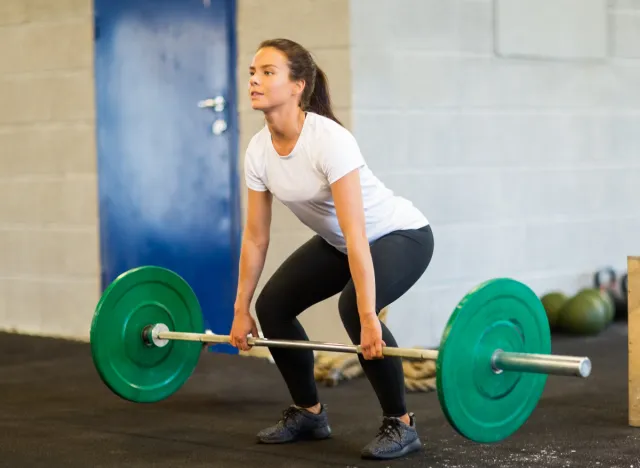
Do you find it challenging to hinge without rounding your back? This exercise puts your ability to engage the hamstrings and glutes and control spinal alignment to the test.
“A weak core or tight hip flexors can pull you out of position, and poor foot mechanics (like collapsed arches) can mess with balance and stability,” Rob explains.
Pushup
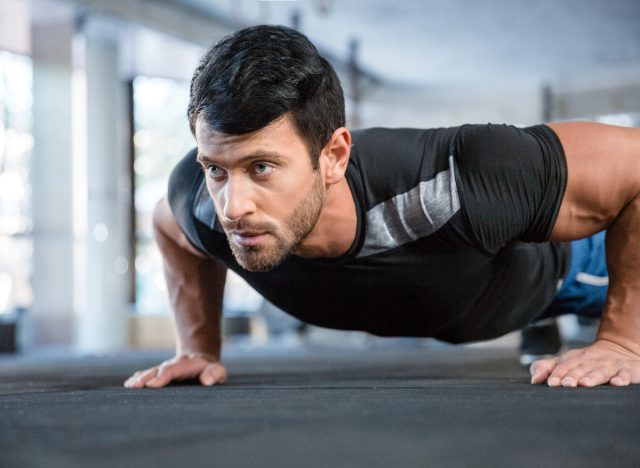
Your core and shoulders aren’t working harmoniously if you find your hips sagging, your elbows flaring, or you’re unable to keep your body straight when performing pushups.
“A weak core, tight hip flexors, and poor scapular control are common culprits,” says Rob.
He instructs, “Perform five slow reps with elbows at a 45-degree angle. If your hips drop or your back arches, your core isn’t supporting the movement.”
Dead Hang
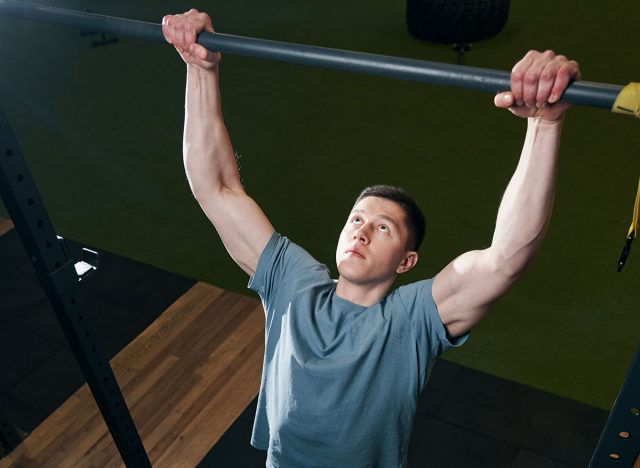
If you’re unable to complete a dead hang for more than 10 to 20 seconds, you’ve got some work to do. This is a telltale sign your shoulders and core are weak or you lack grip strength.
“This move exposes shoulder mobility issues and poor posture, especially in people who are hunched over computers all day,” Rob notes.
Why These Moves Are So Important
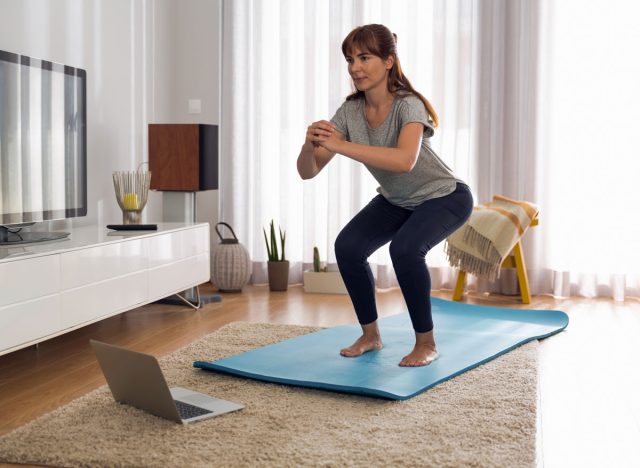
Your shoulders, hips, and ankles are the main joints that power these exercises. “But it’s not just about the joints themselves,” Rob stresses. “If your core is weak or your posture is poor, you’re going to struggle with every one of these moves.”
Your feet are the foundation or “starting point” of each exercise—your body’s first contact with the floor.
“If you have collapsed arches or restricted toe movement, that lack of feedback travels up the chain, impacting everything from ankle stability to hip alignment,” Rob explains. “And for people who wear dress shoes or restrictive footwear for work, those shoes can lock the feet in a dysfunctional position, making it harder to engage the posterior chain during these moves.”
Test each of these moves at home. If any of them feel challenging or unstable, Rob recommends working on your mobility with exercises like the hip flexor release and ankle dorsiflexion stretches.
Next, address the root cause. If your core is weak, for instance, add exercises like dead bugs, planks, and the Pallof press to your fitness regimen. If your hip stability needs improvement, do some clamshells, single-leg deadlifts, and glute bridges. Or, if you’re dealing with foot issues, dedicate your time to barefoot training, calf raises, and toe mobility drills.
Make better eating choices every day by signing up for our newsletter, and be sure to follow us on MSN!